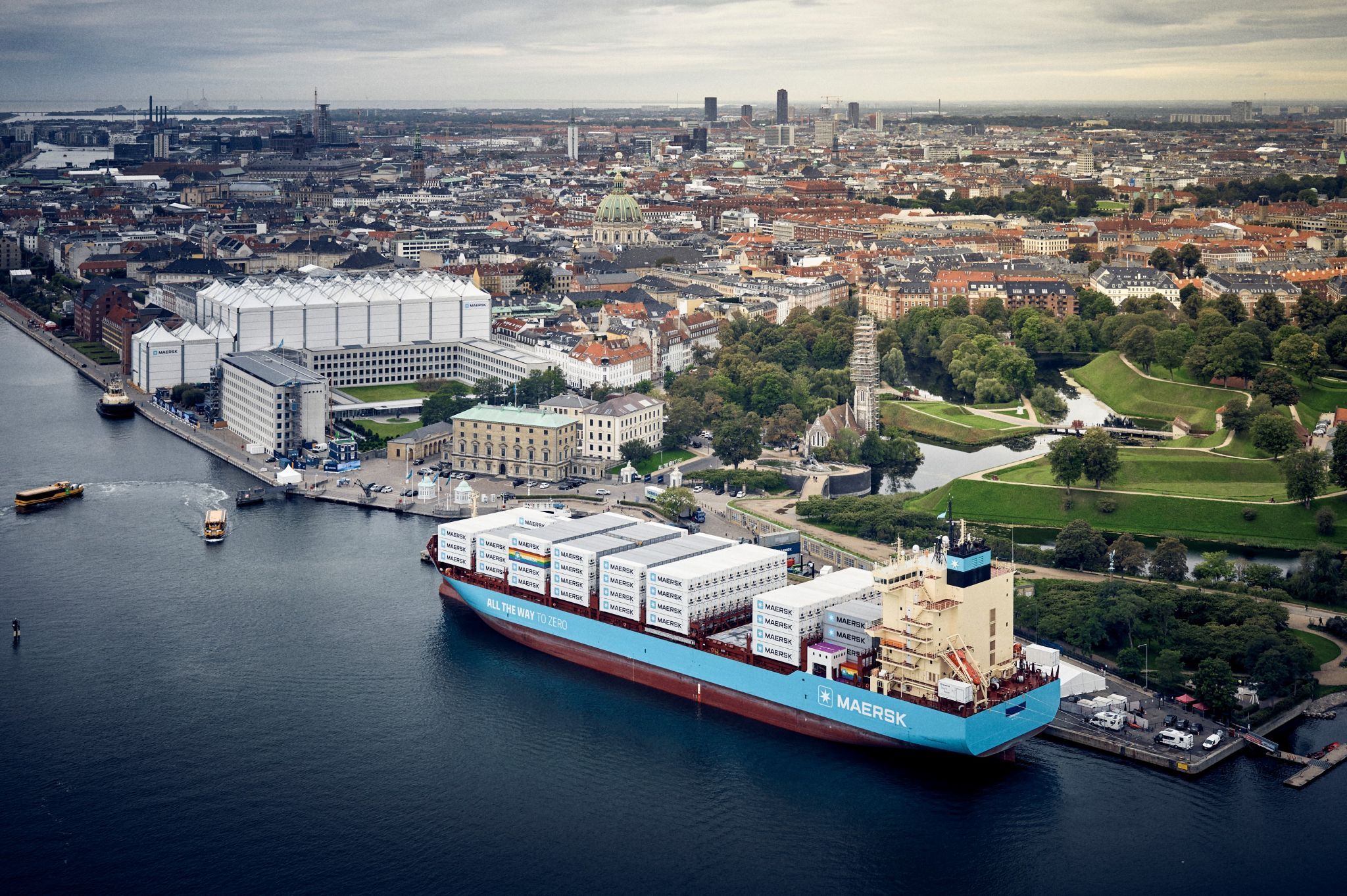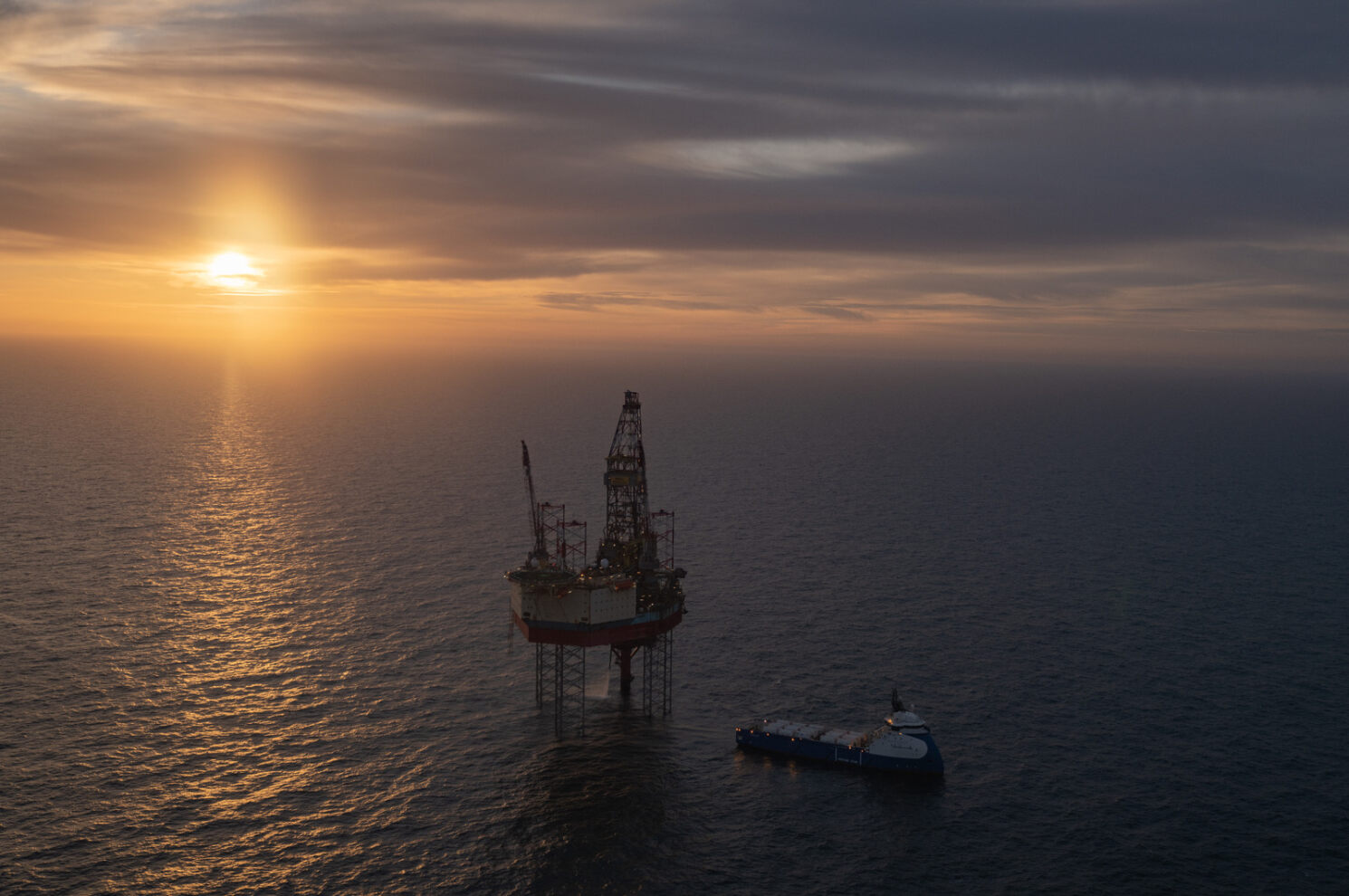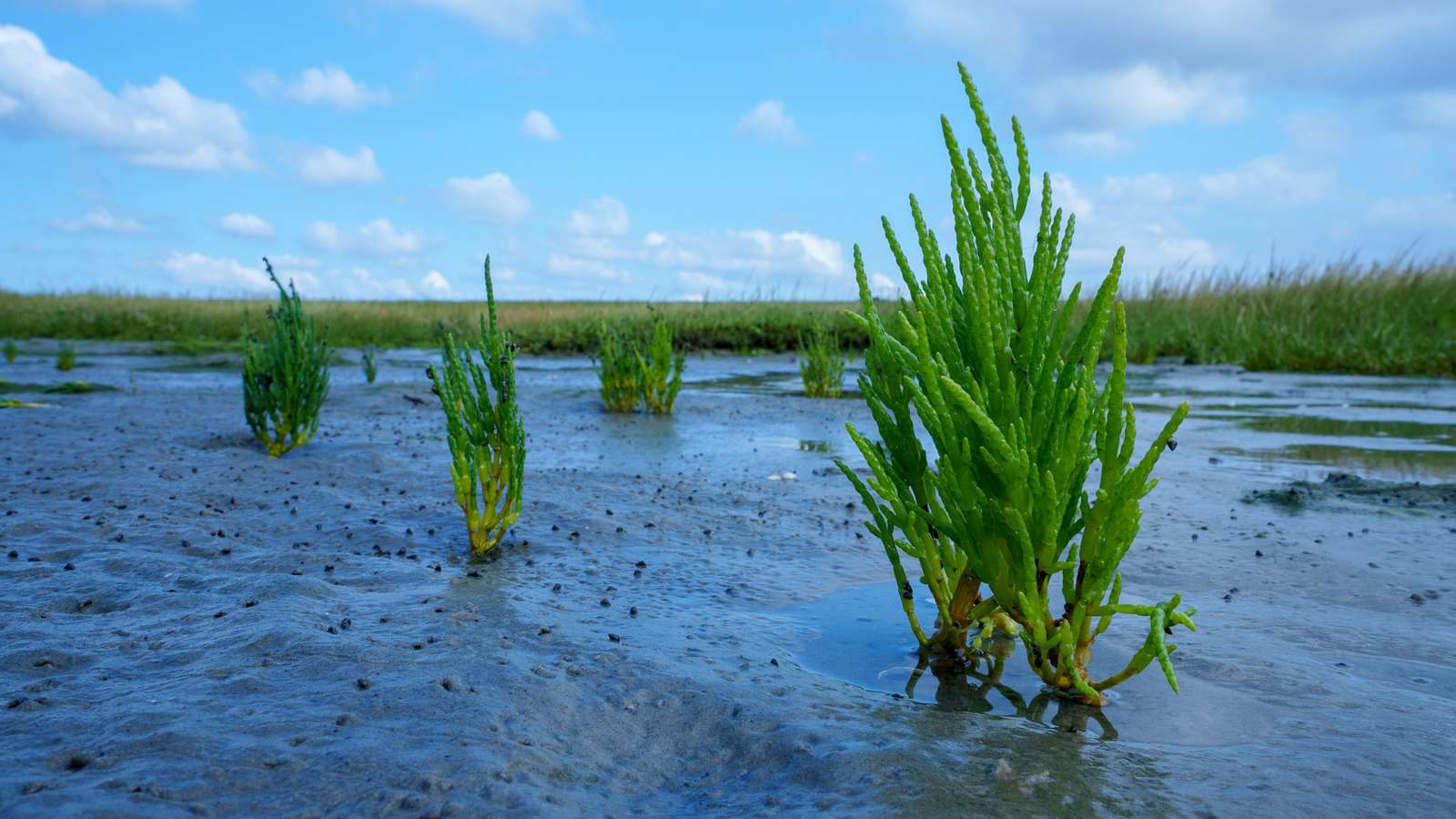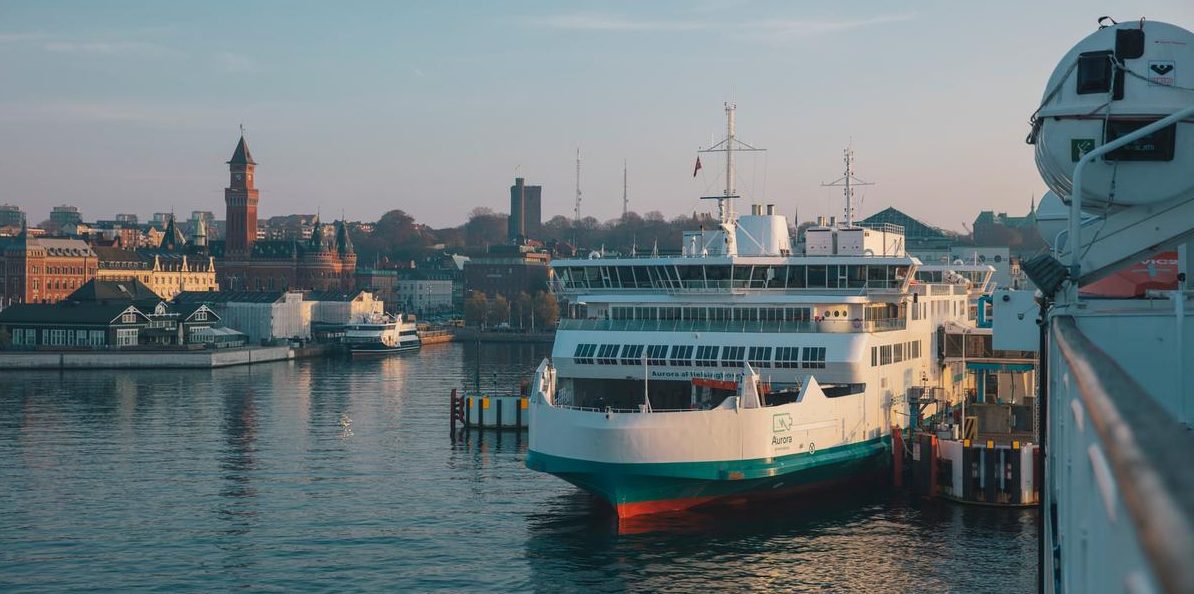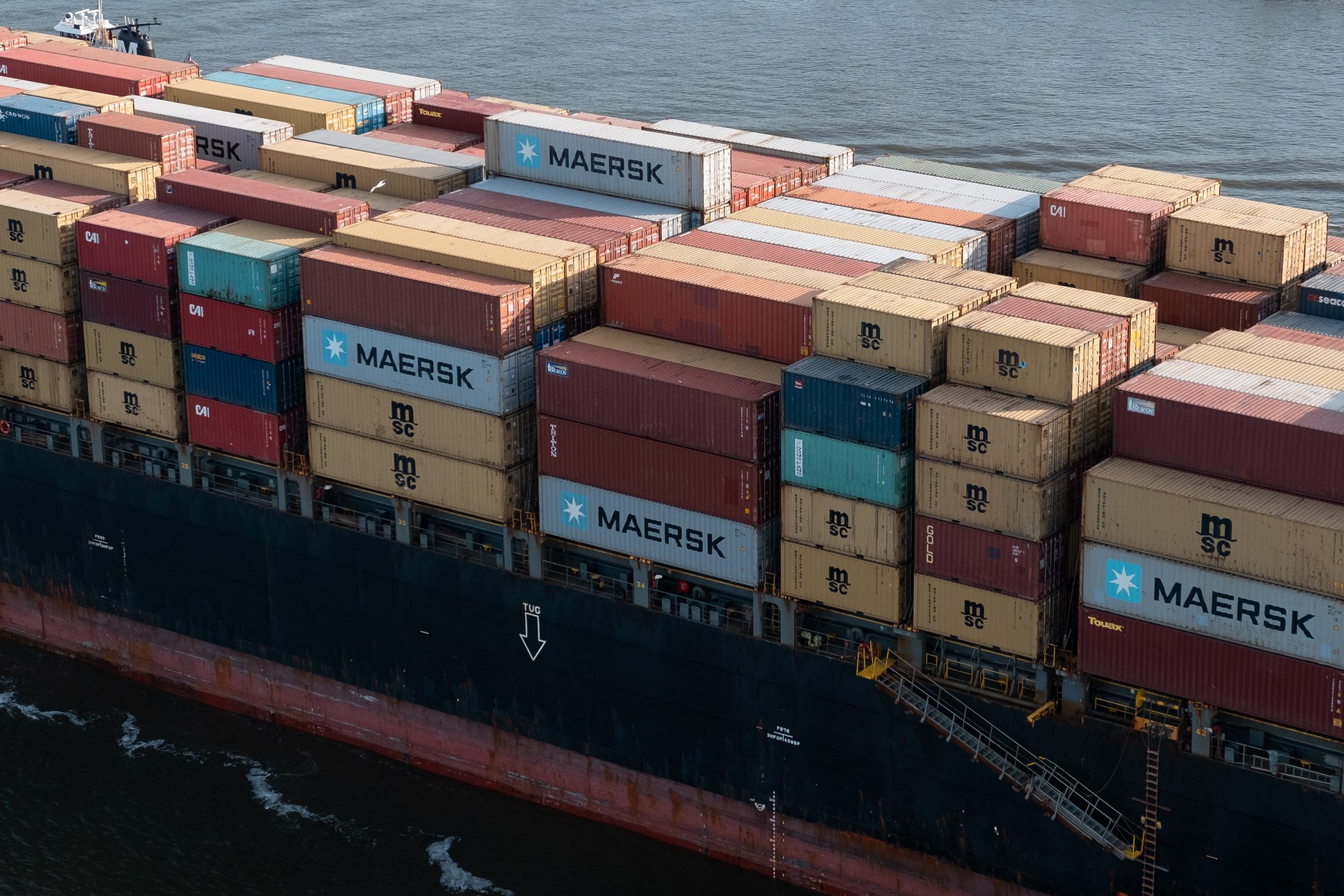News
Shipping and maritime
Green Shipping
Cost Saving Technology


“It started purely from a desire to reduce the cost of lubricant for the Maersk fleet. But, what we have today as a result is a whole lot more, including greater knowledge of our engines, vessel maintenance and fuel efficiency, not to mention a profitable little company”. So says Niels Henrik Lindegaard, Chairman of Maersk Fluid Technology and Head of Maersk Oil Trading (the Group’s fuel buying arm).
When the Triple-E vessel, Marit Maersk, pulls into the port of Rotterdam in September, ‘BoB’ will be brought on board. Small and otherwise unimpressive to look at, BoB comes with a skill most commercial vessels, regardless of size, are willing to pay for these days, namely, operational performance at a lower cost.
This is also why more than 169 Maersk Line vessels will have BoB on board by the end of 2015, and why a number of other external shipping lines have placed orders.
A small machine
BoB stands for ‘SEA-Mate Blending-on-Board’ and is the creation and core product of Maersk Fluid Technology. It is a small machine and not an engineer, of course. The last 12 months, or so, have been a commercial breakthrough for us, which has been exciting. It has been a long journey to get here.
After almost ten years of struggling, the small business unit is finally enjoying some success with BoB and its other products. The company’s long and difficult path to success holds many valuable lessons for the Group, as it encourages and supports innovation within the many business units.
“The last 12 months, or so, have been a commercial breakthrough for us, which has been exciting. It has been a long journey to get here”, says Jens Byrgesen, Managing Director of Maersk Fluid Technology. “Much of that time was necessary, of course, for the research and testing we conducted in collaboration with Maersk Line. But some of our growing pains can definitely be instructive for similar ventures within Maersk”.
Ambition and stubborn persistence
It all started in 2005, roughly, with a market observation: Maersk Line’s own fleet of 250 ships was paying USD 60-80 million per year for the 45-55 million litres of engine lubricant it required. Moreover, even though the supply came from several manufacturers, the quality was inconsistent and only a few of them made a product that Maersk Line found performed well.
“We realised that we were dependent on this handful of good manufacturers and that the others had no interest in improving their product to make the market more cost competitive for buyers like us”, says Niels Henrik Lindegaard.
We knew we would end up with a product and a company, but the question of how best to pursue the development of both at once was a complicated task and we were feeling our way, as best we could, while carrying on with our "other" jobs.
Innovation for Growth
Innovation plays an important role in ensuring the sustainable growth of the Maersk Group as it faces tough competition. As an example, propeller blade designs have reduced vortexes by enough to cut fuel consumption.
Therefore, Maersk Oil Trading, Maersk Maritime Technology and Maersk Line decided to pursue their own solution. They proceeded slowly to allow sufficient hours for research and testing and to meet the safety and operational requirements of the engine manufacturers as well as of Maersk Line’s own vessels, which were used as laboratories.
A start-up struggles to start
The research and testing of ‘BoB’ were slow by design; the rest of the process was not. While a viable product moved closer to production, important questions were emerging about the governance of Maersk Fluid Technology, the intellectual property strategy, funding, and other legal and tax related issues. With no official support structure in place for this kind of project, these issues proved time-consuming to resolve.
“We knew we would end up with a product and a company, but the question of how best to pursue the development of both at once was a complicated task and we were feeling our way, as best we could, while carrying on with our ‘other’ jobs”, recalls Lindegaard.
The paperwork involved turned out to be just as time consuming as the product trials – and just as significant. For example, a friendly discussion with a large oil company and prospective partner early in the process turned out to be a costly lesson about the timing of patent filings.
BoB nearly gets the boot
One of the first iterations of BoB arrived in 2007. One of the collaborating partners, Maersk Line, became the first customer by ordering 21 units. Within the next 12 months, the global economy began to crash and Maersk Line had to cancel all non-business-critical projects. With only 21 BoBs sold, Maersk Fluid Technology was put on ice and soon after prepped for sale.
Fortunately for everyone, Maersk Fluid Technology was not sold. Instead, Jens Byrgesen joined as Managing Director and fought to keep the company up and running together with Technical Manager, Henrik Weimar, and the company’s former partner, Maersk Line. A course of new tests even proved BoB’s other benefits, i.e. those of reduced engine wear and improved fuel efficiency, adding significantly to the market value of the product and the overall value of the project in the process.
“If we take the technical knowledge we gained from the journey we have been on with Maersk Fluid Technology, it is quite impressive; the process was not. With the new Innovation Board, good ideas will get the structure, funding and commitment they need if they are to succeed in creating results”, says Lindegaard.
What does BoB do?
- Two-stroke marine engines need two main kinds of lubricants to function: system oil and cylinder oil. Cylinder oil is burned off rapidly and requires a constant feed of new oil, while system oil is recirculated and must be kept clean and is regularly replenished with new system oil.
- ‘BoB the blender’ will reduce the total lubricant consumption by 20% by collecting the used system oil from the vessel’s main engines and blending it with an additive.
- The properties of the blended cylinder oil are adjusted for each vessel, engine type, etc. to create custom-made cylinder oil on board the vessel.
- The end result is a cleaner engine with less wear over time and a 0.5% increase in fuel efficiency.
You should consider reading
News
Carbon capture, storage and utilisation
+2
Northern European collaboration for CO2 transport and storage in place
16 April 2024News
Energy efficiency in industry
+3
